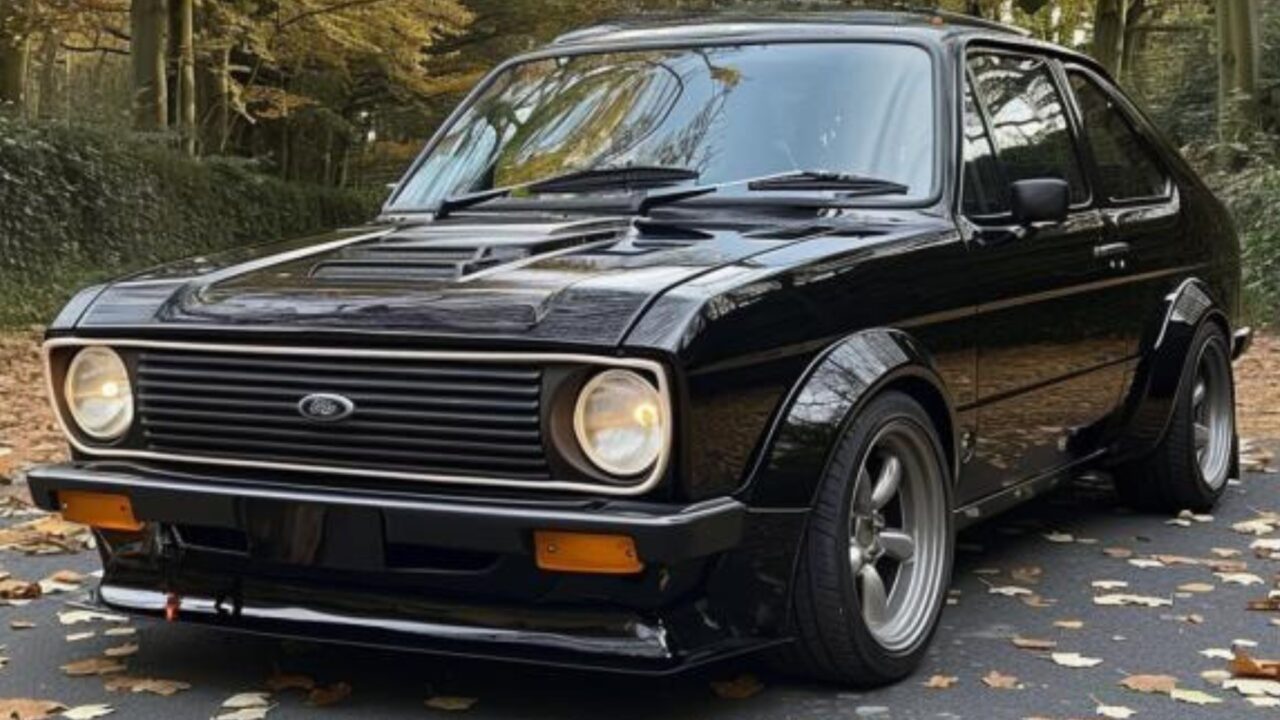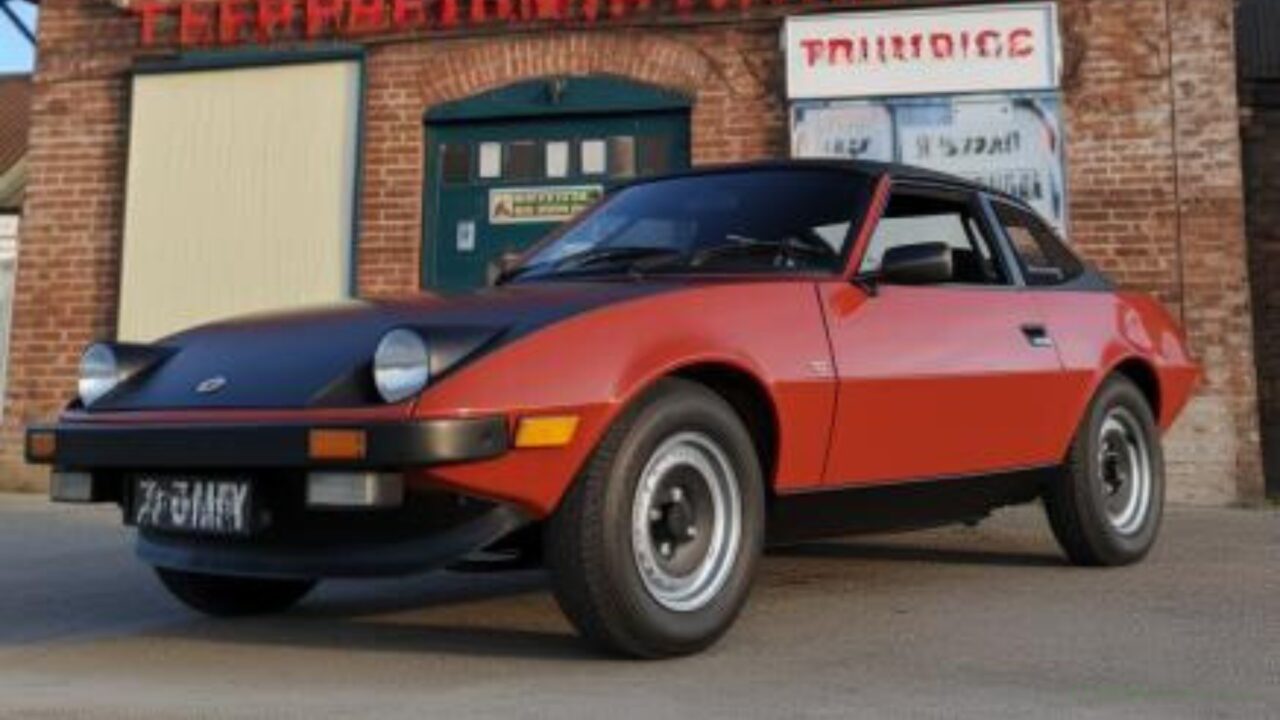The UK’s latest initiative by the Department for Transport and DVLA aims to update the registration and modification processes for classic cars, including electric conversions.
Future-proofing classic cars
The Department for Transport and the DVLA, have initiated a public consultation to explore potential updates to the registration and modification of classic cars including those that have been converted to electric.
It welcomes automobile enthusiasts and the classic car industry to help shape future policies, before the 4th of July 2024.
Classic car registration
The process of registering a classic automobile that has undergone restoration, or even modernisation, has remained largely unchanged. This is not to consider the fact that modern technologies can be incorporated, extending the life and usability of these historic vehicles.
The government is now suggesting changes that could make it easier to register iconic cars after restoration or retrofit with electric motors or upgrades. The proposed changes would then help classic car owners to register their vehicles without loss of value and protect potential buyers.

Classic cars are a part of British culture, making strong contributions to the economy. The classic car sector employs over 113,000 skilled workers and is worth £18 billion every year. With this, the government hopes to support current and future jobs and guarantee that classic cars can continue to be a source of national pride and a draw for tourism.
EV charging expansion
The UK is on track to achieve a significant expansion in its electric vehicle (EV) infrastructure, aiming to install 100,000 public charge points by August 2025.
The number of charge points has increased from 50,000 in October 2023 to over 60,000 within a few months.
The surge in charge points has also increased the variety of charging options which is vital in improving the overall user experience for EV drivers.

Data from Zap-Map has indicated that the rapid rise of ultra-rapid charge points now stands at 135%, up since April 2023, with a total of 4,988 low-powered devices, usually used for overnight charging in residential areas, up over 54%.
These changes will help EVs become a realistic option for more residents and those without private driveways.
